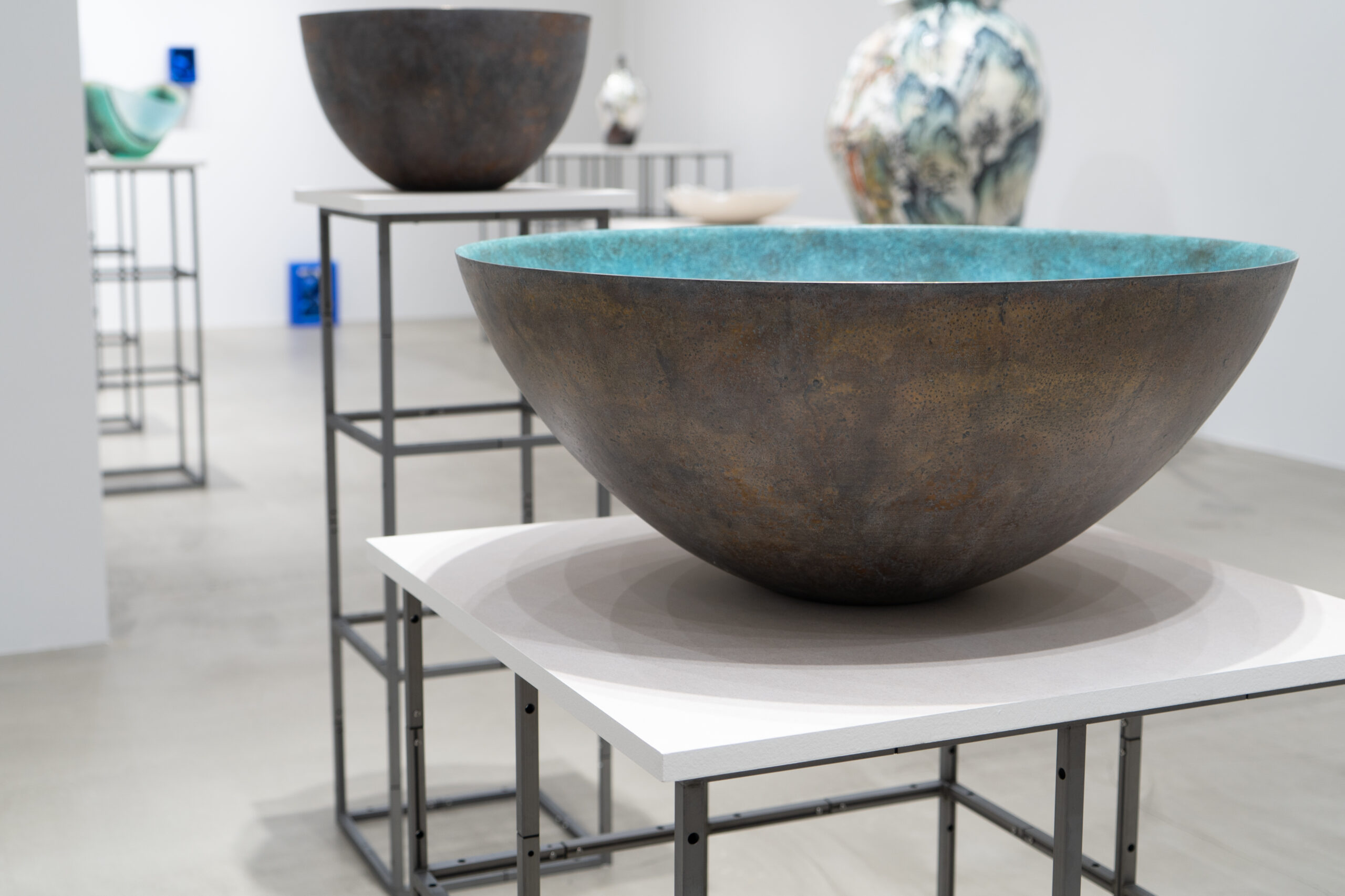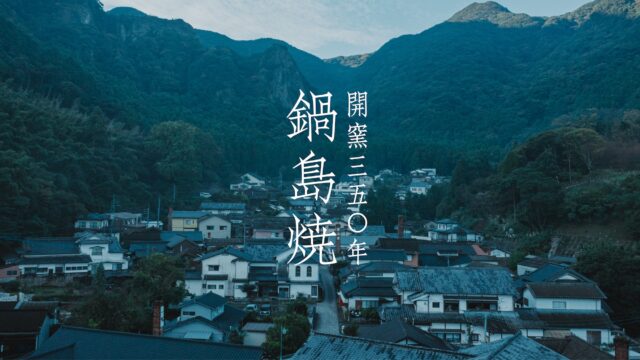Shitsurindo and ZOZO NEXT Launched Collaborative Research on New Lacquer Techniques
KOGEI Topics VOL.19
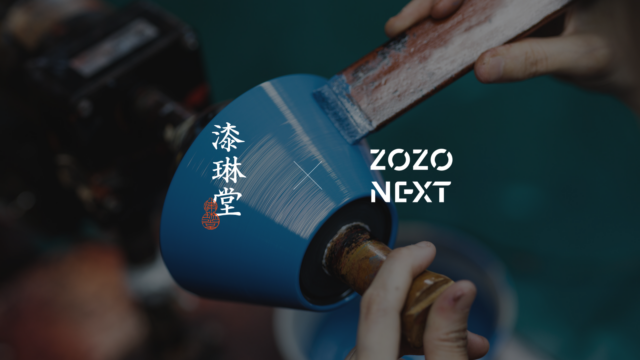

VOL.1-19
Update

VOL.1-17
Update
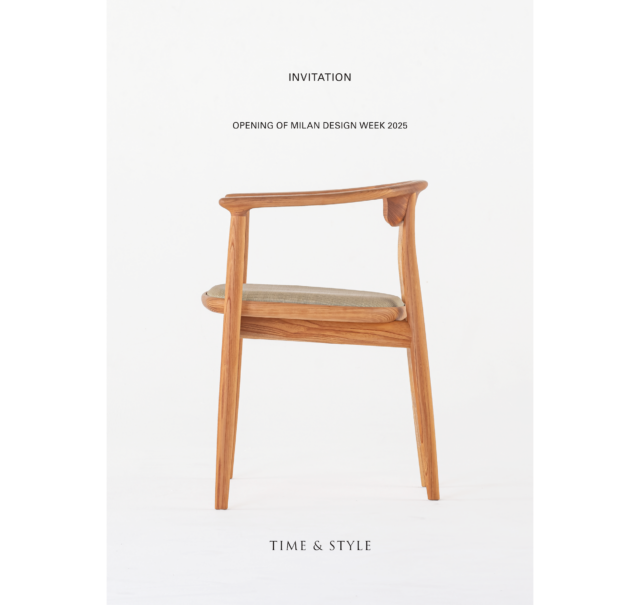
VOL.1-43
Update
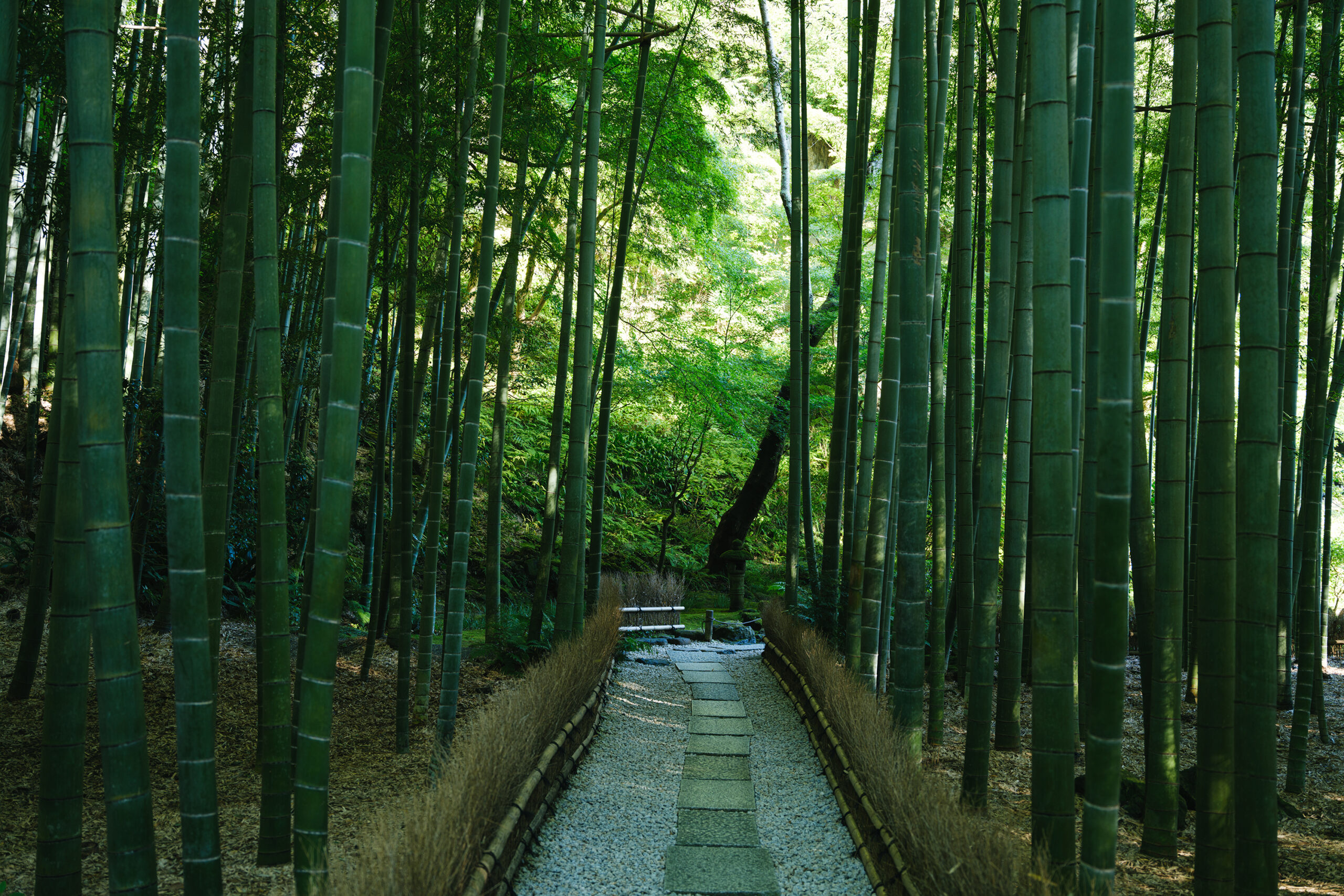
VOL.1-2
Update
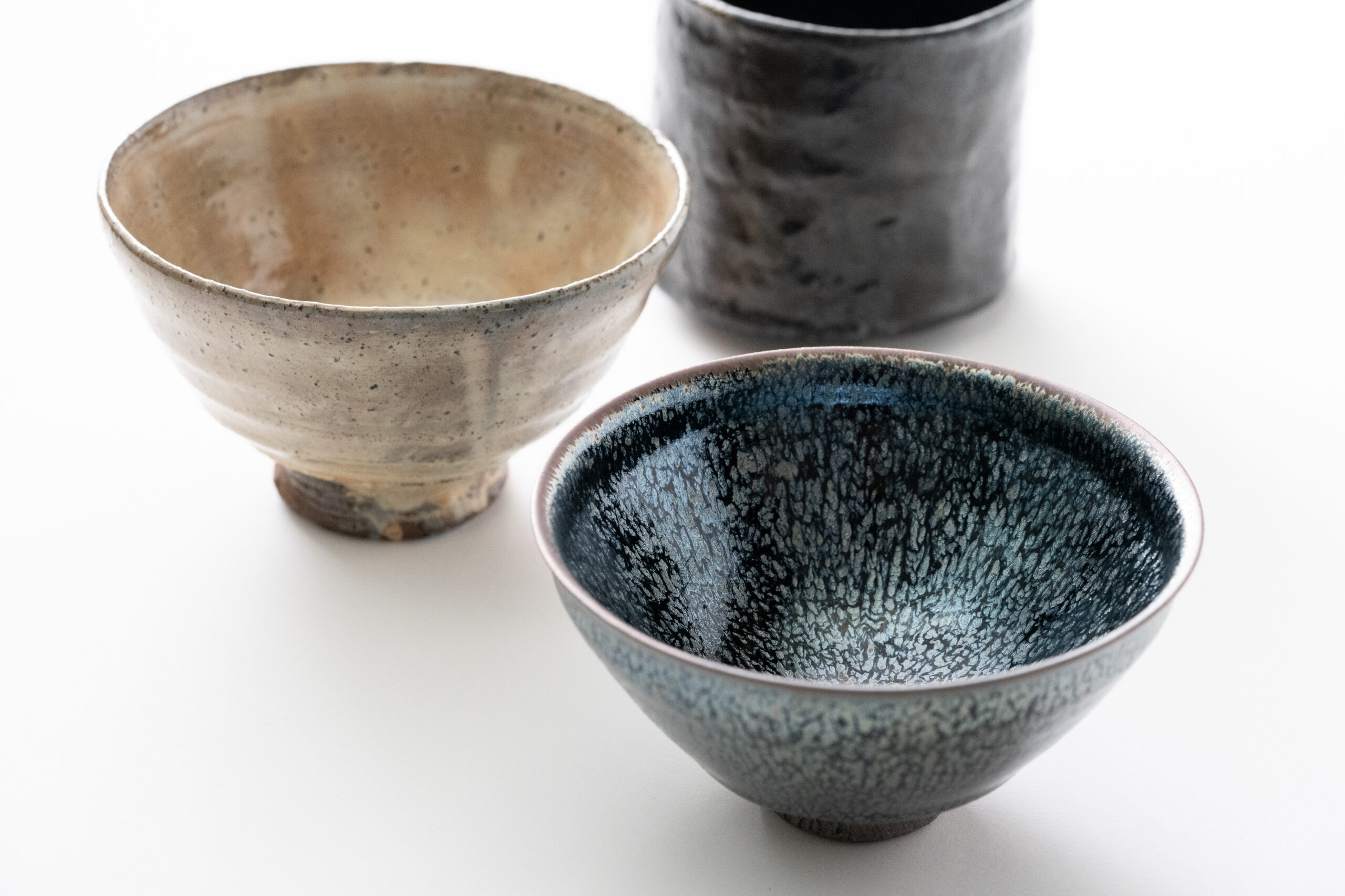
VOL.1-3
Update

VOL.1
Update
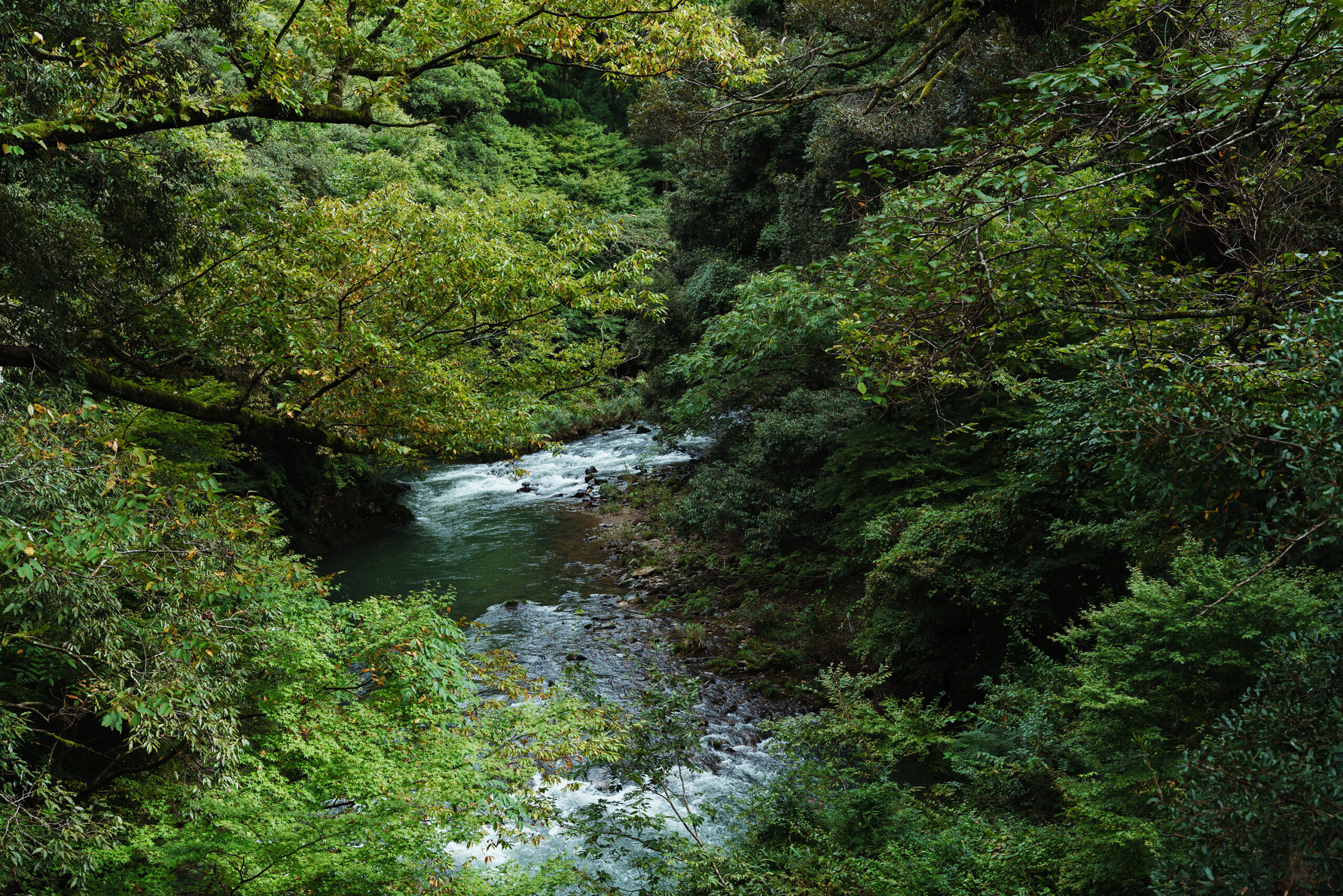
VOL.1-7
Update
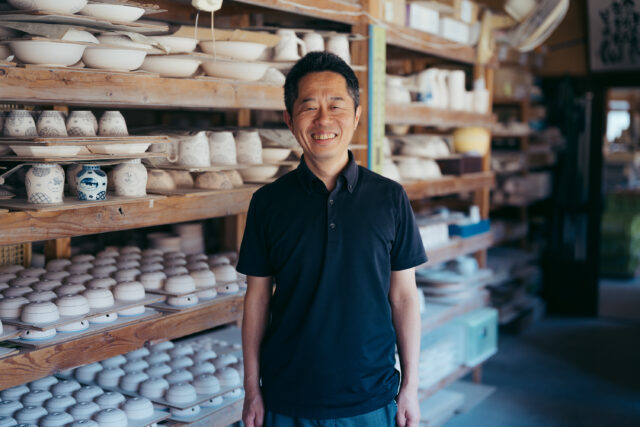
VOL.1-32
Update
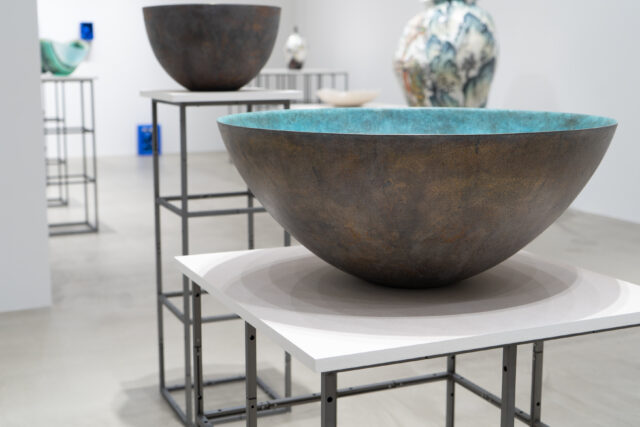
VOL.1-26
Update
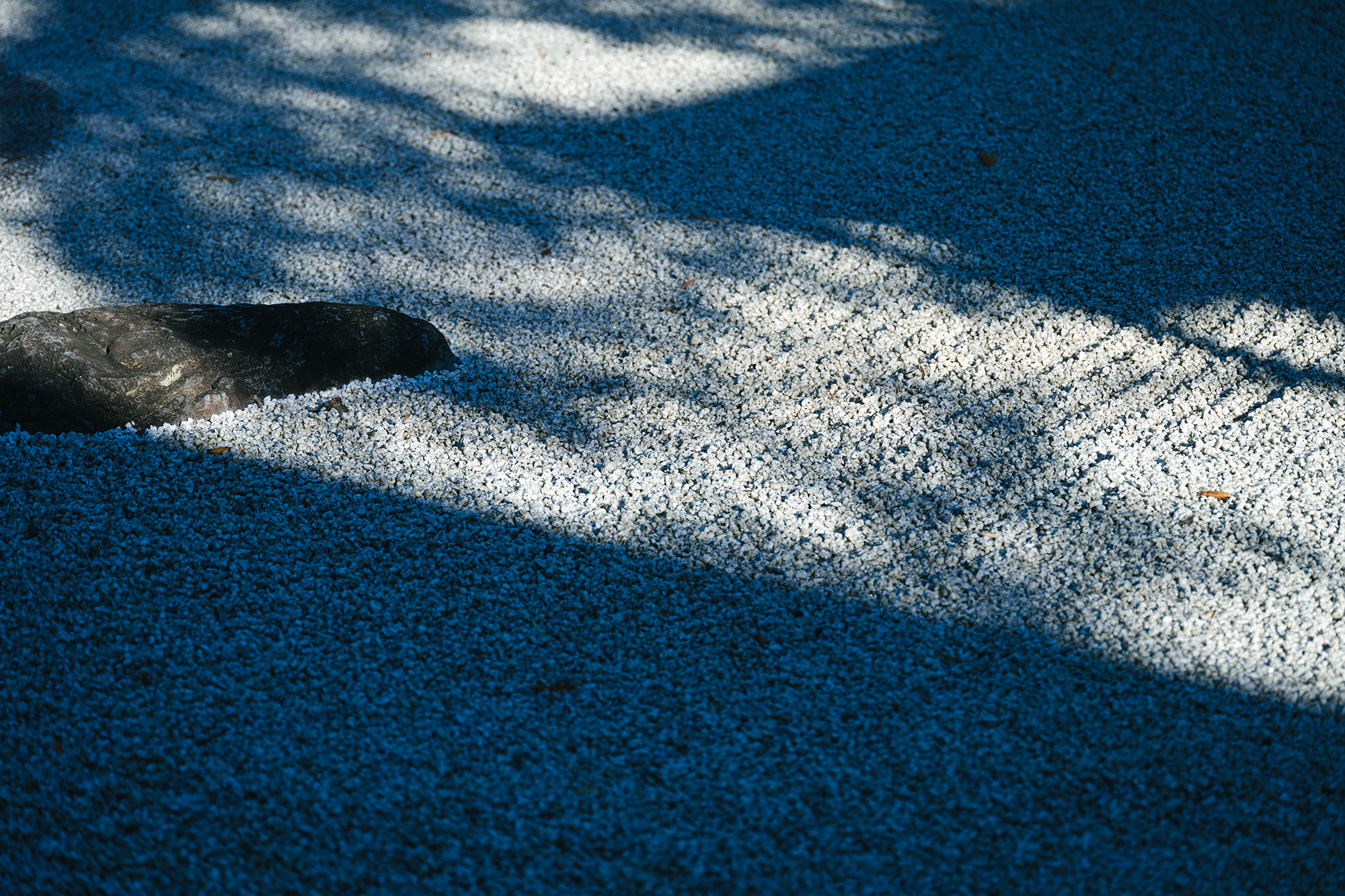
VOL.1-12
Update
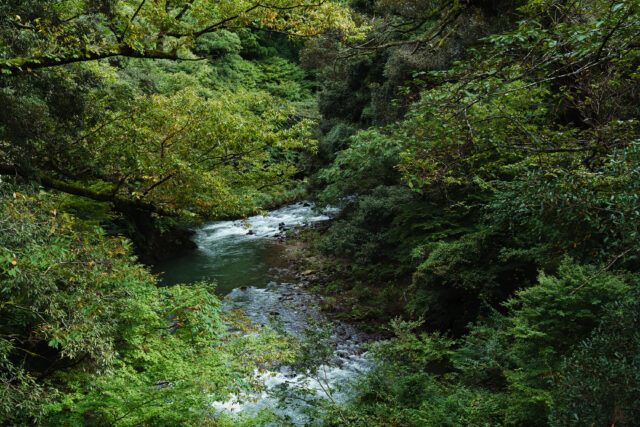
VOL.1-3
Update
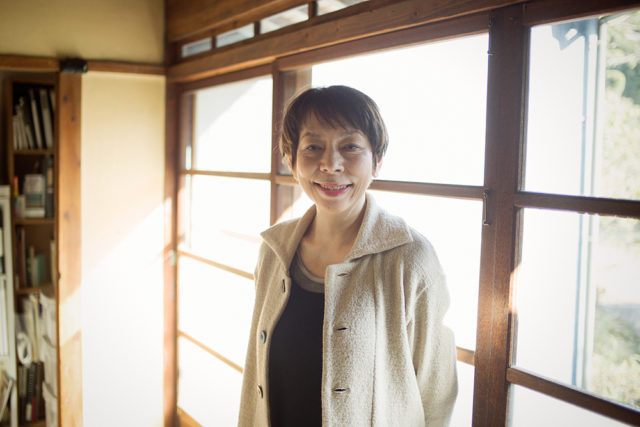
VOL.1
Update
We share a variety of information and perspectives on Japanese crafts, including exhibition information and interviews.
KOGEI Topics VOL.19
New Products VOL.17
Featured Exhibitions & Events VOL.43
KOGEI Topics VOL.18
Apr 5 – Jun 22, 2025
SEIKADO BUNKO ART MUSEUM
Apr 8 – May 6, 2025
The Gotoh Museum
Apr 11 – Jun 15, 2025
Kyoto City KYOCERA Museum of Art
Apr 12 – Jun 29, 2025
TOGURI MUSEUM OF ART
